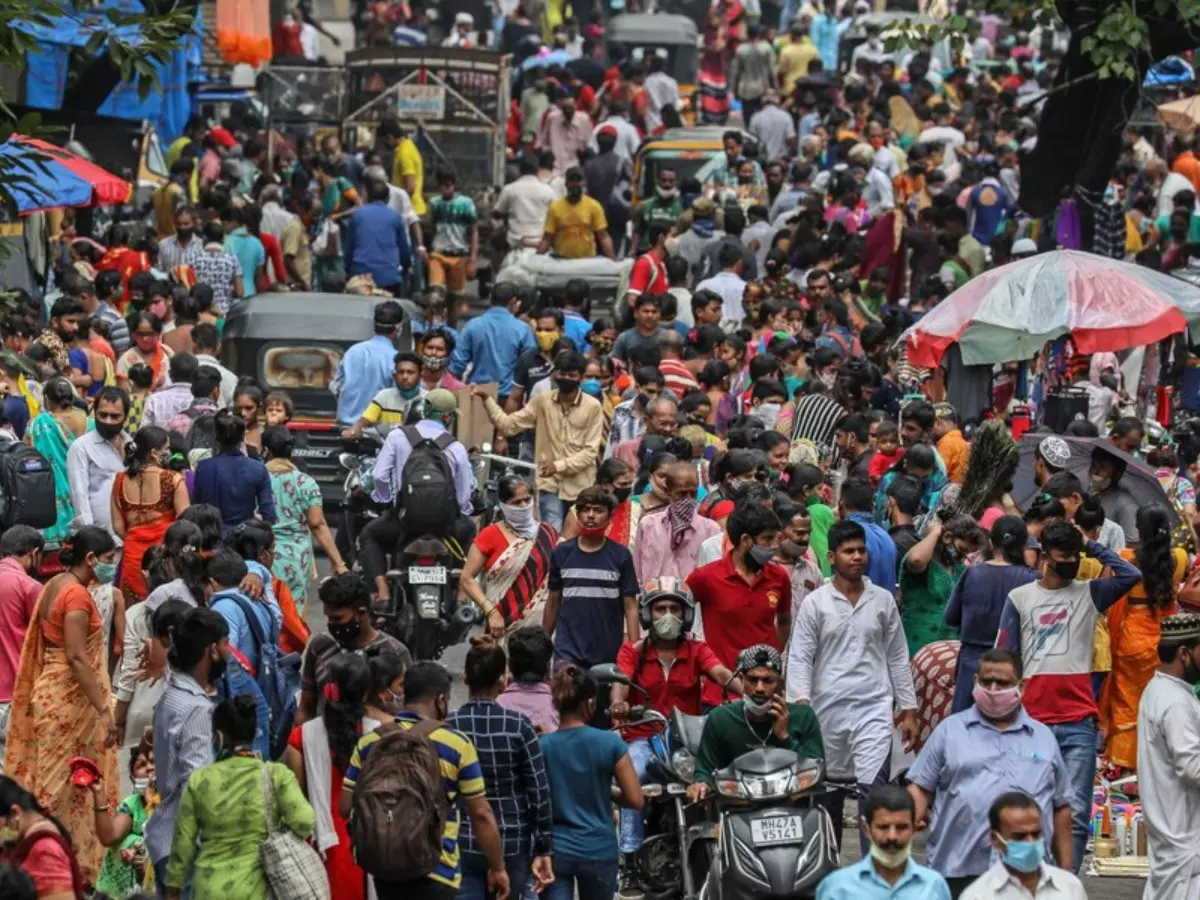Explained: 'Vishwa Guru' Formula, What Is India's Population Control Bill
Actor-turned- Ravi Kishan, a leader in the Bharatiya Janata Party (BJP), announced on Friday that he would submit a private member's bill in the Lok Sabha on population control.

Actor-turned- Ravi Kishan, a leader in the Bharatiya Janata Party (BJP), announced on Friday that he would submit a private member's bill in the Lok Sabha on population control.
"We can be Vishwa Guru only when Population Control Bill is brought. Very important to bring the population under control," Kishan said, as cited by news agency ANI. "With the way in which it's rising, we're heading towards explosion. I request the opposition to let me introduce the bill and listen to why I want to do it," Kishan added.
 PTI
PTI
There is little chance that a bill like this would become law, without the government¡¯s support.
No private member's bill had been approved by Parliament since 1970, according to data from PRS Legislative, as reported by PTI.
What is Population Control Bill?
The proposed legislation aims to discourage couples from having more than two children. It states that families with more than two children will not be eligible for government employment or subsidies on a variety of services and goods that the state provides.
Additionally, it aims to amend Article 47 by adding Article 47A to the Indian Constitution. It suggests that the State encourage small family norms by providing incentives to its citizens who limit their family size to two children in the form of taxes, employment, education, and other sectors. And in order to keep the population growth under control, the state must revoke all concessions and deprive individuals who do not adhere to the limited family standard of such incentives.
 File Image
File Image
The two-child policy has, however, been brought up in Parliament close to 30 times, but neither of the Houses has approved it.
A two-child limit per couple was suggested by the Population Control Bill of 2019, which was withdrawn in 2022. The bill also included incentives for adopting the strategy, including tax breaks, house loans, improved work prospects, free healthcare, and educational perks.
What does the Indian Constitution say?
Article 22 of the 1969 Declaration on Social Progress and Development, adopted by the United Nations General Assembly in a resolution guarantees a couple's freedom to decide on the number of children they will have.
 Unsplash/Representational image
Unsplash/Representational image
Notably, the policy to restrict and monitor the number of children breaches the rights guaranteed by Article 16 of the Constitution (fair opportunity in terms of public employment) and Article 21 of the Constitution (protection of life and liberty).
Religious Factor in India
The two-child policy has been proposed 35 times in Parliament since independence. If passed, the law must take into account both Islamic religious principles and the rights of divorced couples. Prior measures that were introduced lacked these features and received strong public criticism.
 Shutterstock
Shutterstock
Total fertility rates (TFR), which are greater among the poor and decline as incomes rise, are among the additional factors. Experts believe that the entitlement-based population control strategy will ultimately affect the poor, who are in most need of such assistance.
A timeline of the bill
The "Population and Women's Empowerment Policy of Assam" was passed by the Assam Assembly in 2017, and it specified that individuals with two children would only be eligible for public employment, and that present government employees had to adhere to the two-child family standard.
 BCCL
BCCL
The Center informed the Supreme Court in 2020 that India is categorically opposed to imposing family planning on its citizens and that any coercion to have a specific number of children is counterproductive and causes demographic distortions. This action was a response to a PIL filed by BJP leader and lawyer Ashwani Kumar Upadhyay contesting a Delhi High Court ruling dismissing a plea seeking various initiatives, including a two-child standard for population management.
 Shutterstock
Shutterstock
The Assam Policy was amended in 2021 to restrict parents of more than two children from applying for government employment.
Similar to this, the Uttar Pradesh Law Commission proposed in 2021 that anyone with more than two children be disqualified from receiving government subsidies. The proposed legislation is still under consideration.
Status of Population Growth in the India & World
According to United Nations (UN) figures, the pace of population growth is dropping behind replacement rates in more than half of the states, and by the end of the century, the global population growth rate is predicted to be zero¡ªpossibly for the first time.
A recent Bloomberg report suggests that the Covid-19 epidemic may have accelerated the approaching peak of a global population drop by at least ten years.
 Indiawest
Indiawest
However, India is currently the second-most populated country in the world according to the United Nations, with more than 1.4 billion people, and the world population assessment projects that by 2030, India would surpass China as the most populous nation.
India's population is expected to grow by a multiple of 1.09 between 2021 and 2031, according to United Nations population projections. India's population will begin to decline in 2060 as a consequence of the fertility rate declining below replacement levels.
Watch this video explainer:
For more on news and current affairs from around the world please visit Indiatimes News.
